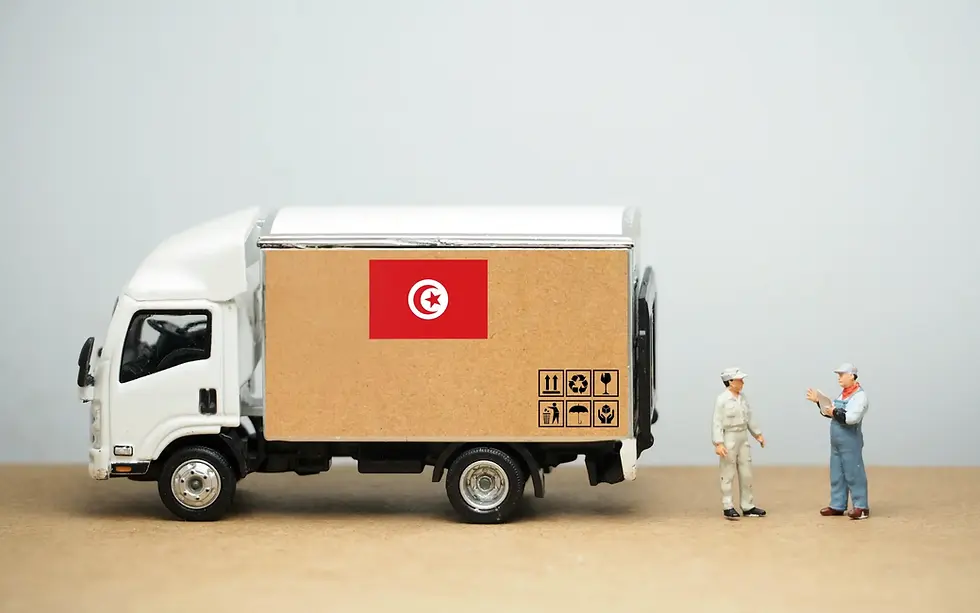The Real Difference Between Made in Africa and Made With Us
- Aya Omrani

- Jul 30
- 2 min read
Updated: Sep 30

“Made in Africa” is everywhere now.
Printed on tags, written into product blurbs, wrapped around ideas of meaning.
But if you’ve ever bought something with that label and felt… unsure, you’re not imagining it.
Because a label can only tell you where something happened.
It doesn’t tell you how.
Or why.
Or for whom.
What the Label Doesn’t Say
“Made in Africa” has become a category.
But Africa is not a category.
It’s a continent of 54 countries, each with its own logic, rhythms, and systems of making.
So when a product says “Made in Africa,” the real question is:
Where exactly?
By whom?
In what conditions?
With what protection for the people behind it?
Because too often, “Made in Africa” is used to sell origin, not structure.
To suggest authenticity, without proving continuity.
To frame ethics, without showing the system.
What “Made With Us” Means
At My Chakchouka, nothing is just “made in Tunisia.”
It’s made with a system.
That means:
We know the artisan by name.
We know where the clay came from.
We know how long it took to dry, and why the bowl came out that way.
It also means:
No resellers.
No broken pricing chains.
No pressure to produce beyond what the rhythm allows.
And it means the product is not just a “symbol of culture.”
It’s a tool of dignity. A part of a living logic. Something that still works.
This Isn’t a Category. It’s a Commitment.
We don’t believe in labels that flatten a continent.
We believe in structures that hold.
That’s why we don’t just say “Made in Africa.”
We build something that protects where it comes from, and where it’s going.
If that feels different, it’s because it is.


Comments